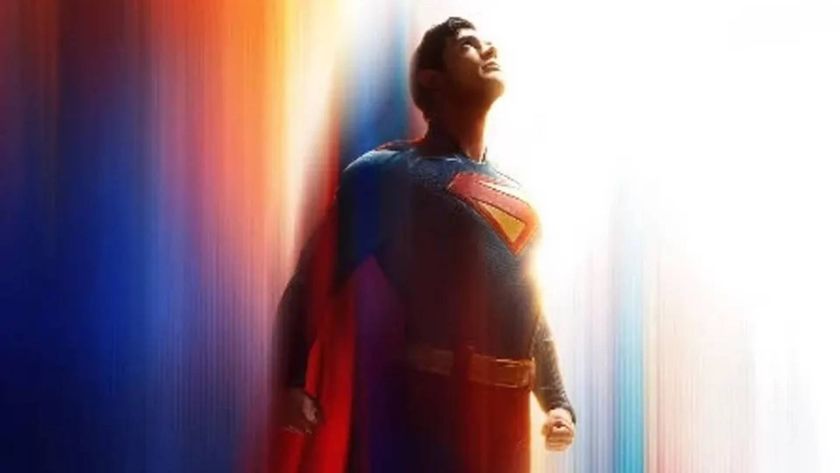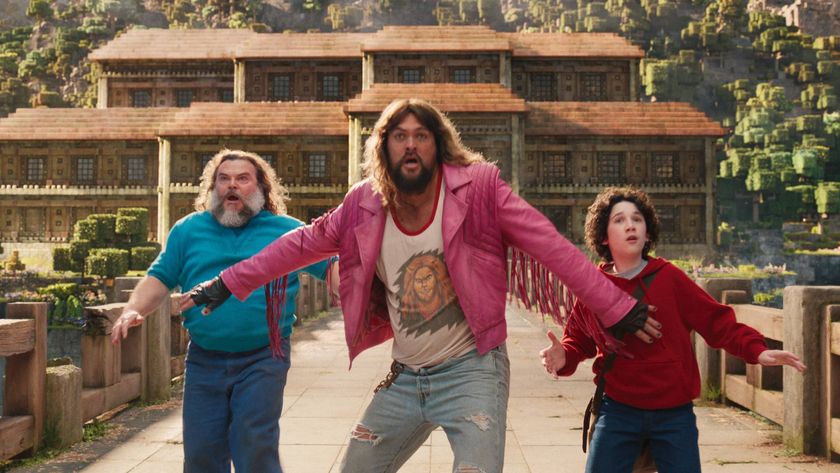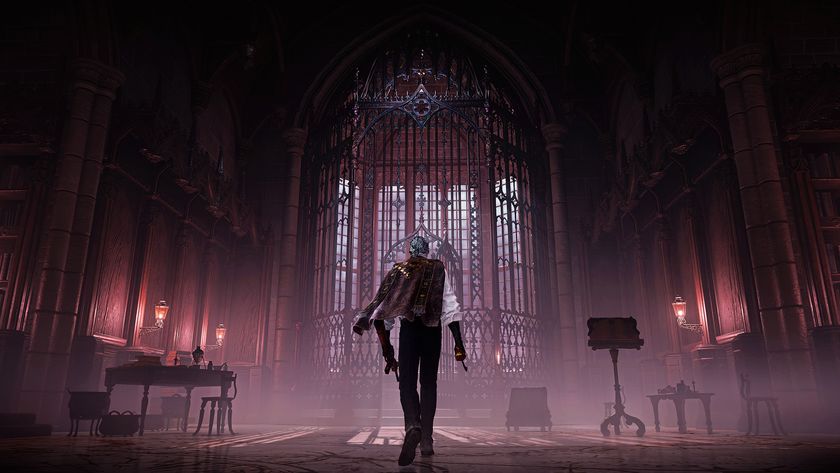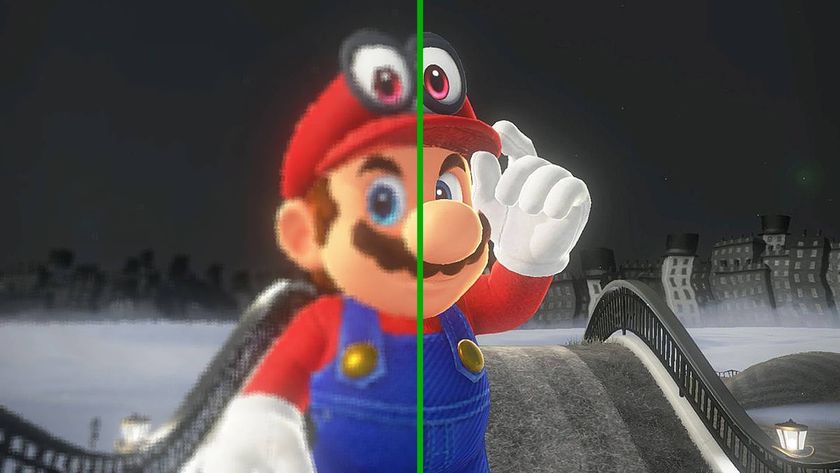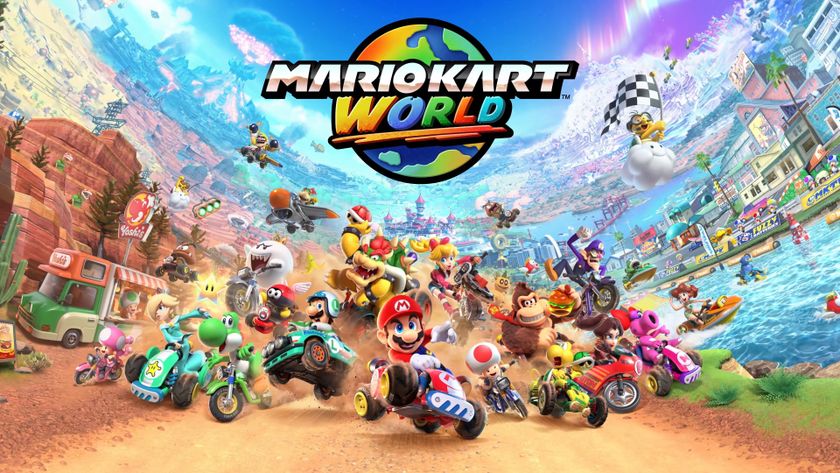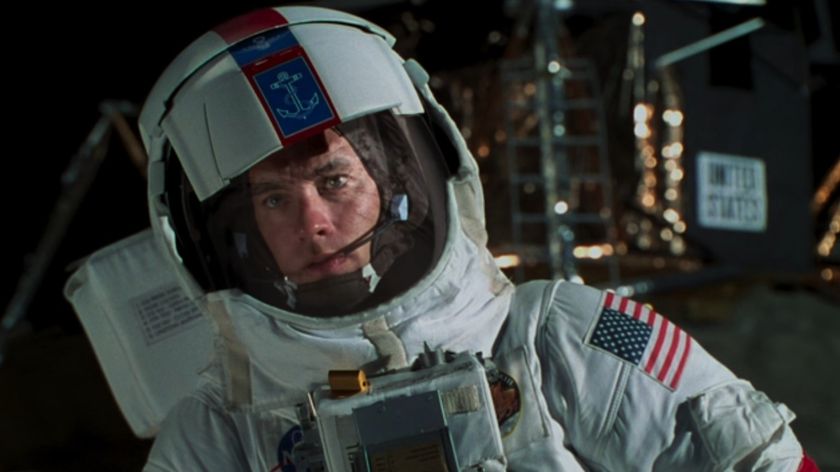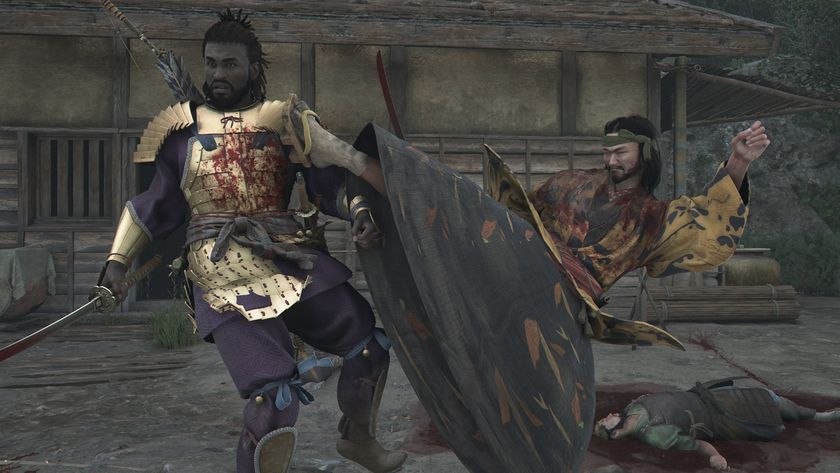50 Greatest Cinematographers
A director’s best friend
Conrad L. Hall
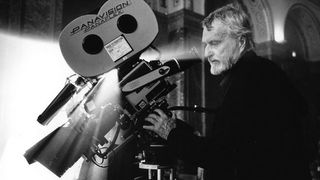
The Cinematographer: JJ Abrams has Hall to thank for making lens flares cool – Hall turned so-called filmmaking ‘mistakes’ such as light striking the camera lens and dirty film into an aesthetic all their own.
Greatest Achievement: He won his first Oscar for Butch Cassidy And The Sundance Kid.
James Wong Howe
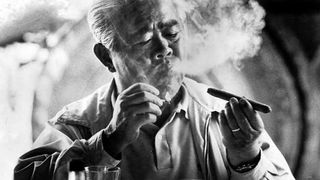
The Cinematographer: Howe saw a lot of change over the years, beginning in the silent era and working all the way up to when film went colour.
He was most popular in the ‘30s and ‘40s, though it wasn’t until the ‘50s and ‘60s that the Academy finally awarded him gold.
Greatest Achievement: Hud , a perfect example of Howe’s contribution to black and white film – he pioneered techniques that ensured a crisp, sharp image.
Vittorio Storaro
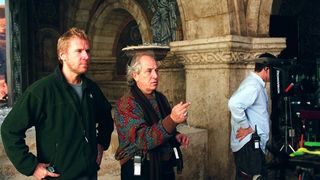
The Cinematographer: A frequent collaborator of Bernardo Bertolucci, Storaro was hugely inspired by Johann Wolfgang von Goethe’s theory of colours, which stresses the relationship between colour and emotion.
He certainly attained that explosive combination in the Oscar-winning likes of The Last Emperor and Reds .
Greatest Achievement: Francis Ford Coppola gave Storaro the freedom to do whatever he wanted on Apocalypse Now.
The result is an oily, hellish masterpiece.
Christopher Doyle
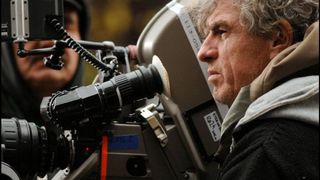
The Cinematographer: Though he’s an Australian, Doyle made his mark in Asian cinema, most notably working with director Wong Kar-Wai.
He’s considered an integral component in the Asian New Wave, not least because of his love for high saturation and heart-stopping splashes of colour.
Greatest Achievement: In The Mood For Love is a thing of beauty, but it was Doyle’s multi-coloured work on Hero that really popped.
Emmanuel Lubezki
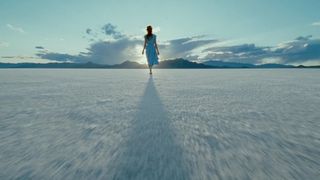
The Cinematographer: Throughout a varied career, Lubezki has tackled numerous (often conflicting) genres and excelled at each and every one. With Ali , he jumped from 35mm to digital and invented a tiny camera to attain close-up shots during the fight scenes.
Then, of course, he took handheld to the limit with Children Of Men , which features gob-smackingly long takes (some achieved in digital editing) and a believably gritty future world.
Greatest Achievement: The Tree Of Life.
Even if you’re not a fan of Malick’s approach to narrative (or lack thereof), there’s no doubting that Tree Of Life is one of the most beautifully shot films ever made.
To The Wonder is in UK cinemas from Friday 22 February 2013
Freddie Young
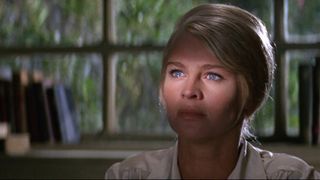
The Cinematographer: One of Britain’s most influential directors of photography, Young found most acclaim working with director David Lean on Lawrence Of Arabia , Doctor Zhivago and Ryan’s Daughter.
He nabbed Oscars for all three.
Greatest Achievement: Lawrence Of Arabia was his breakthrough, and still looks stunning to this day.
Sign up for the Total Film Newsletter
Bringing all the latest movie news, features, and reviews to your inbox
Kazuo Miyagawa
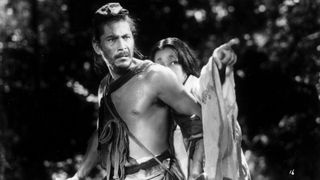
The Cinematographer: Famous for his work with Japanese directors Akira Kurosawa, Yasujiro Ozu, and Kenji Mizoguchi, Miyagawa was responsible for giving Japanese cinema its distinct look.
Among his inventions were using black water for rain (it looked better on camera) and the use of mirrors to capture natural light.
Greatest Achievement: Rashomon , with which Miyagawa had the gall to become the first filmmaker to point a camera directly into the sun.
Gregg Toland
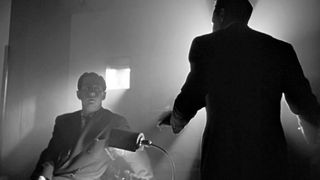
The Cinematographer: Though he tragically died aged just 44, Toland made an indelible mark on the cinematic landscape that saw him nominated for five Oscars over a period of just seven years.
He’d win the gong for William Wyler’s 1939 adaptation of Wuthering Heights.
Greatest Achievement: Citizen Kane had him perfecting deep focus photography, which meant that characters in both the foreground and background were simultaneously in focus.
Many of Kane ’s finest shots were also Toland’s doing, though they’ve often been miscredited to Orson Welles.
Jack Cardiff
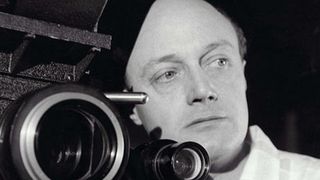
The Cinematographer: A pioneer in the field of cinematography, Cardiff’s career spanned the silent era and the advent of Technicolor.
His big break came when he worked as a cameraman with Powell & Pressburger on The Life And Death Of Colonel Blimp , which got him promoted to cinematographer on A Matter Of Life And Death .
Greatest Achievement: The Red Shoes , obviously, with its startlingly vivid imagery.
Gunnar Fischer
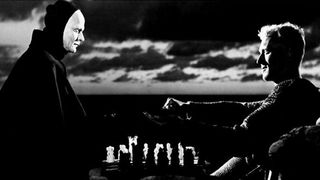
The Cinematographer: A frequent collaborator of Ingmar Bergman’s, Fischer was responsible for shooting some of the Swedish director’s finest films, among them Wild Strawberries , The Magician and, of course, The Seventh Seal.
“Fischer's great skill was in monochrome,” says film historian Peter Cowie. “He gave Bergman's films that unique expressionist look, with their brilliant contrasts in every gradation of black and white.”
Greatest Achievement: The Seventh Seal , which includes that infamous scene of a knight playing chess with Death on a beach.
Fischer shot the scene so that the sea was dark and tormented behind them.
Josh Winning has worn a lot of hats over the years. Contributing Editor at Total Film, writer for SFX, and senior film writer at the Radio Times. Josh has also penned a novel about mysteries and monsters, is the co-host of a movie podcast, and has a library of pretty phenomenal stories from visiting some of the biggest TV and film sets in the world. He would also like you to know that he "lives for cat videos..." Don't we all, Josh. Don't we all.
